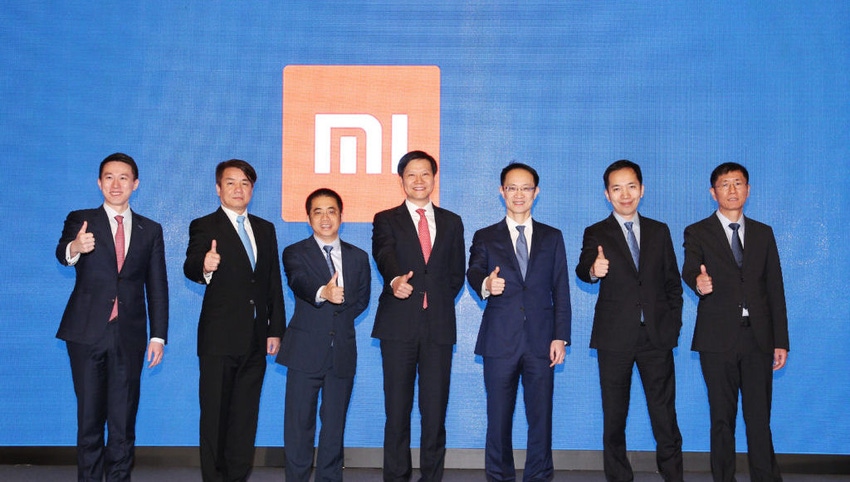The Chinese device maker Xiaomi has announced its new strategy will be built around two core areas: smartphone and AI+IoT.
January 14, 2019

The Chinese device maker Xiaomi has announced its new strategy will be built around two core areas: smartphone and AI+IoT.
At the company’s annual party, Lei Jun, Xiaomi’s founder and CEO, pledged an investment of CNY 10 billion ($1.5 billion) over the next five years, in a strategy it calls AIoT (meaning both “AI+IoT” and “All in IoT”). The objective is to develop this part of the business into a second core of the company’s strategy, to dovetail with its current core business: smartphones.
Xiaomi is no stranger to artificial intelligence. AI has been in the centre of Xiaomi’s marketing messages for its photo technologies on the new smartphones and the smart speakers. Nor has it been a novice in IoT. In fact, Xiaomi claims to be the world’s largest IoT company, “connecting more than 132 million smart devices (excluding mobile phones and laptops), including more than 20 million daily active devices as of September 30 (2018).” This mainly comes in its smart home category including products ranging from smart suitcases to smart scooters and everything in between.
Smartphone, on the other hand, has always been the linchpin in Xiaomi’s ecosystem. After its fast growth in China and the rapid market share gain in emerging markets like India, Xiaomi recently expanded into Europe, including choosing to debut its latest flagship smartphone in London. Additionally, Xiaomi sees in Latin America new growth opportunites. It is also one of the smartphone OEMs to endorse Qualcomm’s 5G chipset. However, as Lei recognised, “Before the proliferation of 5G technology, Xiaomi’s success in smartphone business segment lies in striving to consolidate its leading position in the smartphone markets across the world.”
As a means to continue strengthening its smartphone positions, Xiaomi also announced a dual-brand strategy. Its flagship and other high-end products will continue to come under the “Mi” brand, while the mid-range value-for-money products will carry the “Redmi” brand. Here Xiaomi may have taken a page from Huawei’s brand strategy, which has used “Honor” to address the mid-range segment while its flagship products have been branded “Huawei” and come in Mate or Pro series.
About the Author(s)
You May Also Like








.png?width=300&auto=webp&quality=80&disable=upscale)


_1.jpg?width=300&auto=webp&quality=80&disable=upscale)


.png?width=800&auto=webp&quality=80&disable=upscale)